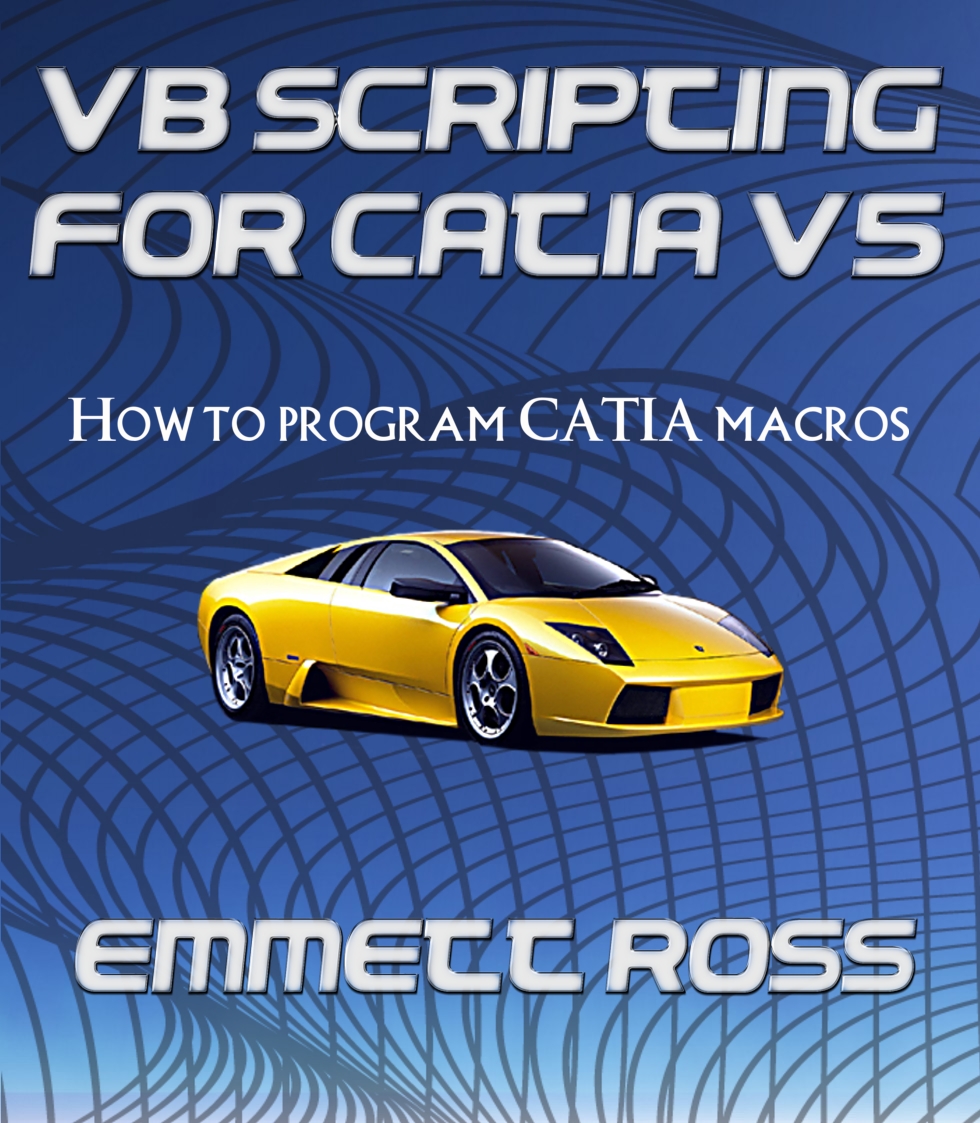

You will learn how to use the Macro Recorder and automate the generated code by identifying the necessary variables.

You will learn how to customize your Macros by assigning buttons to them and placing them on a toolbar.Thanks to this, you will know at what level you are at all times and what you need to declare and initialize to run the code correctly. A detailed breakdown of the program’s class hierarchy will be made.The particularities of the language required in CATIA, paying special attention to higher hierarchy Collections.


Added to all of this are other automation chapters such as the creation of Drafting Standards, PowerCopys, and User Features.īy the end of the course, you will have obtained a course CERTIFICATE which witnesses you have acquired the necessary knowledge to be able to program, with total ease and independence, your own macros with the possibility of creating executable files with which to automate all processes in Catia, thus saving a great amount of time and money. Once you have acquired the general knowledge about programming in Visual Basic, it is time to make the leap to programming in Catia V5, describing widely the objects with a higher hierarchy of the software, in order to be able to handle the programming of the Separate Sketch, Part Design, Generative Shape Design, Drafting and Assembly Design workbenches and put it all together with programming folders, files, import-export, etc. It begins by treating theoretical concepts such as what is “Object-Oriented Programming”, going through types of variables, conditional structures, and loops to finish with the creation of Forms or executables. This way makes it easier than if you tried to learn in Catia at the same time. You will obtain the essential knowledge about programming in Visual Basic, without entering Catia V5.


 0 kommentar(er)
0 kommentar(er)
